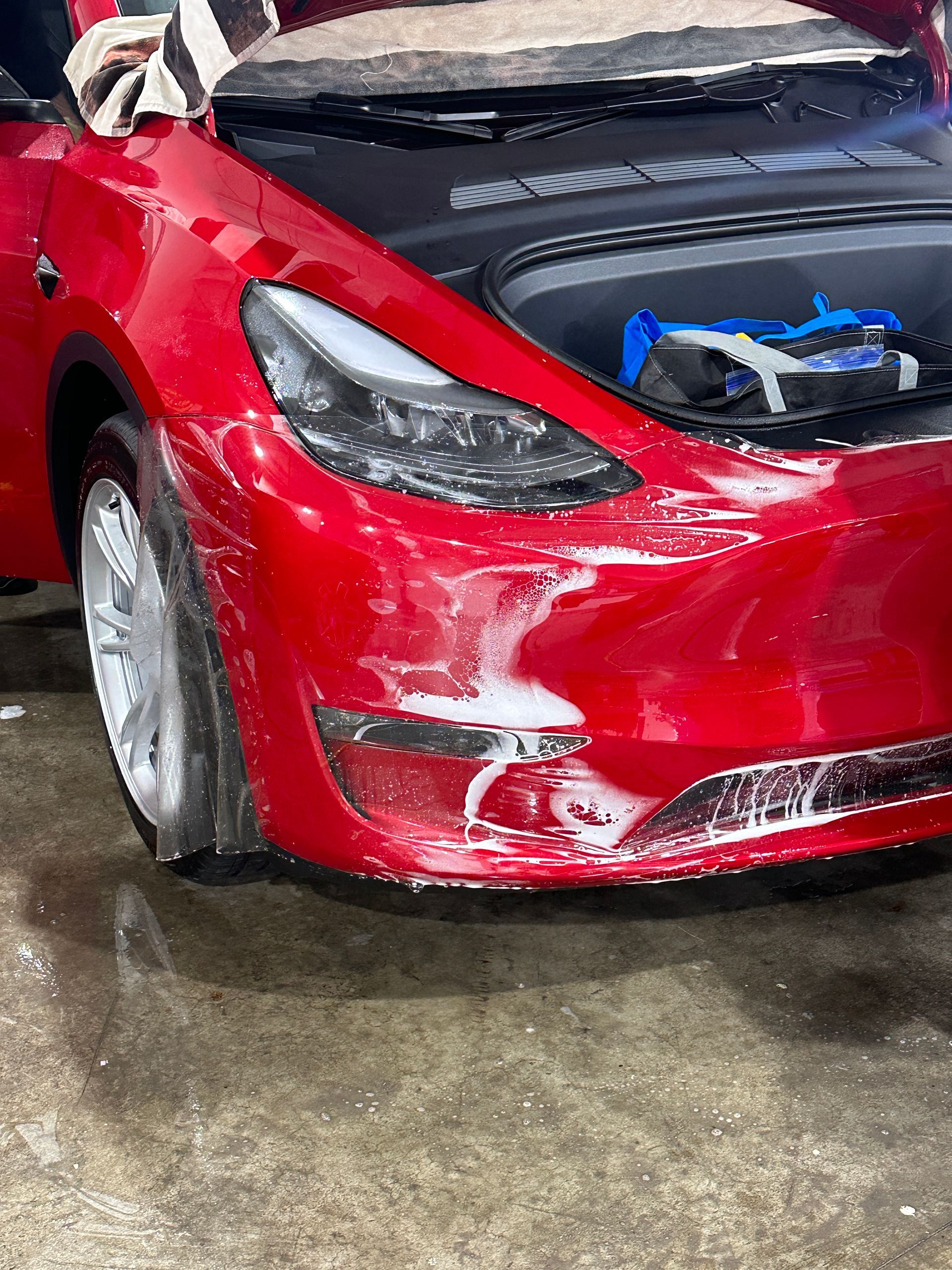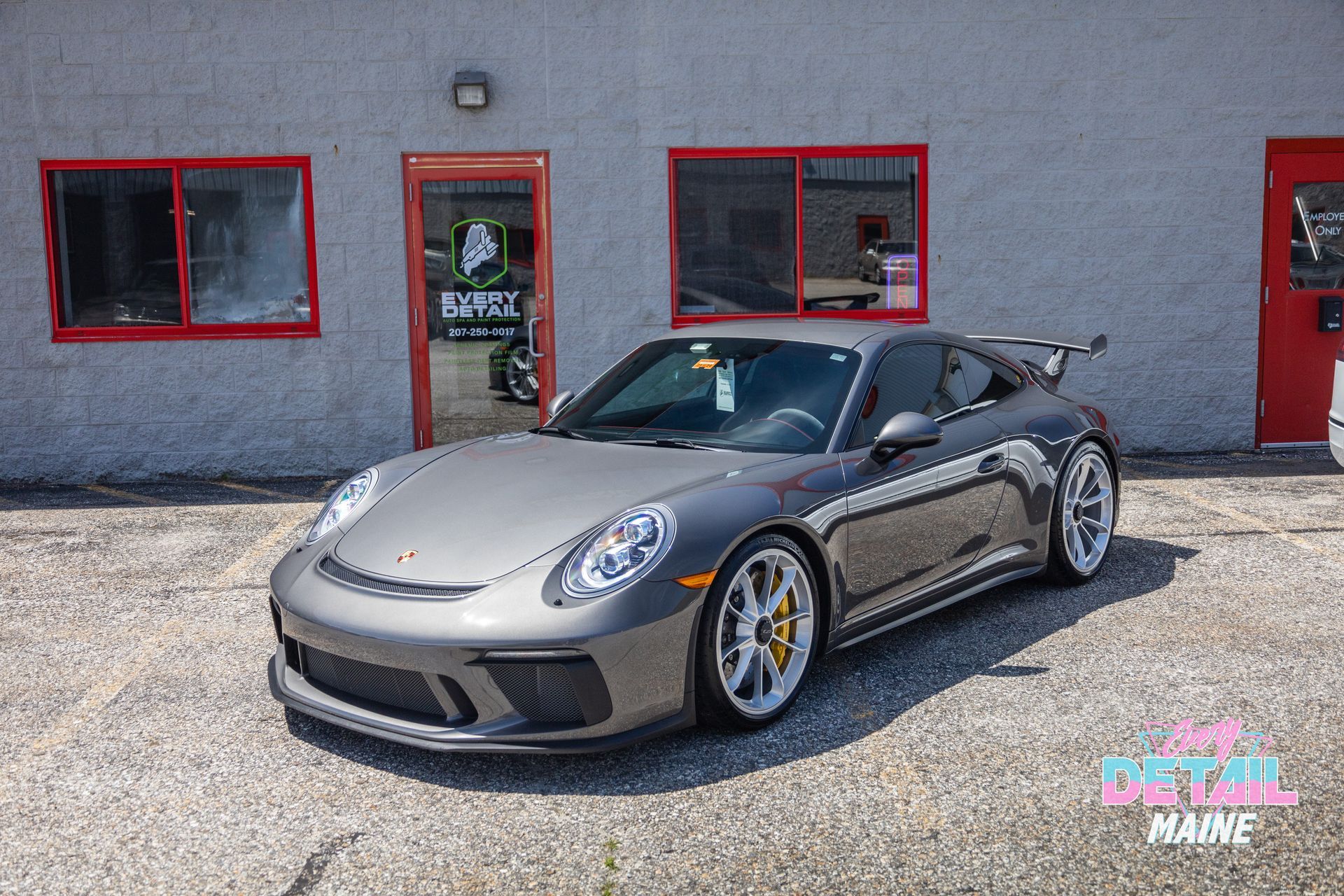How Long Does PPF Last? Essential Care Tips for Longevity
When you invest in a stunning new vehicle, you naturally want to keep it looking sharp for years to come. That's where Paint Protection Film (PPF) comes into play, acting like an invisible shield for your car's paint against scratches, dirt, and UV rays. But how long can you expect that protection to last? Understanding the lifespan of PPF is key to ensuring your investment remains intact over time. In this article, we'll dive into the factors that affect PPF durability and share essential care tips that can help you get the most out of your film. After all, taking simple steps today can make a world of difference for your vehicle tomorrow.
The lifespan of Paint Protection Film (PPF) typically ranges from 5 to 10 years, heavily influenced by the material quality and maintenance practices. High-quality brands can last up to 10 years under optimal conditions, while lower-quality options may degrade significantly after just a few years, potentially leading to issues like yellowing or brittleness if not properly cared for.
Exploring the Lifespan of Paint Protection Film (PPF)
The lifespan of Paint Protection Film truly hinges on its quality and care. Reputable brands confidently claim their high-quality PPF can last up to a decade under optimal conditions, which includes proper maintenance and protection from environmental factors. A common benchmark suggests that premium films should retain their effectiveness for about 7 to 10 years, especially when vehicles are stored in garages away from harsh UV exposure and weather. This is a considerable advantage over subpar options that tend to degrade rapidly.
Lower-quality films may only manage between 1 to 3 years before signs of wear become apparent. Imagine investing in your vehicle's protection only to find out that cheaper materials leave you vulnerable sooner than expected. A critical factor here is understanding how UV exposure affects durability—cheap films may yellow or degrade in just a year when subjected to direct sunlight, making regular maintenance even more crucial.
Speaking of maintenance, it plays a pivotal role in prolonging the life of PPF. Regular washing using gentle methods ensures that your film doesn’t accumulate dirt or grime, which can dull its sheen and lead to deterioration. Utilizing rinseless washes or products specifically designed for paint protection films, such as those offered by Chemical Guys, can keep your PPF looking fresh over time.
Factors Influencing PPF Lifespan
Various influences contribute to how long your PPF will last. Environmental factors such as harsh weather conditions can hasten wear. Extended exposure to chemicals like road salts or harsh cleaners can damage the film beyond repair. It’s equally important to safeguard against physical impacts—the kind of minor abrasions from gravel roads or car washes that might chip away at lower-grade films.
Reports suggest approximately 20-30% degradation for PPF after five years in optimal conditions, highlighting the importance of monitoring its condition regularly around this timeframe. Frequent inspections can alert you to any changes, such as yellowing or browning, which could signal it’s time for removal.
And therein lies another key point: timing matters. Removing aged PPF becomes a labor-intensive task that can risk damaging the underlying paint if not done meticulously. Various users have recounted experiences where attempting to peel older film resulted in unwanted surprises like paint flaking off—a situation best avoided by adhering to timely removal schedules. Understanding these aspects helps frame your approach to maintaining the longevity of your protective film. As we explore what influences durability next, it's essential to consider multiple facets affecting its performance and lifespan.
Factors Affecting PPF Durability
One standout element is UV exposure. Intense sunlight, a common threat to automobiles, significantly affects PPF's lifespan. When PPF sits under strong UV rays for extended periods, it begins to weaken as the molecular structure of the polyurethane degrades. This degradation doesn't happen overnight; it's a slow process that can lead to brittleness and unsightly yellowing over time.
Imagine leaving your favorite piece of patio furniture outside day after day—after a while, those colors will fade and it will become more fragile. The same principle applies to your vehicle's PPF. Now, moving on from the sun’s persistent rays, the maintenance routine stands out as a fundamental factor in determining how long your PPF lasts. Regular cleaning and appropriate care keep your PPF looking great and extend its life significantly. It's akin to caring for your skin; proper moisturizing can maintain youthful elasticity for years longer than neglecting it. Using pH-neutral cleaners and specially formulated clear bra sprays helps preserve the film's clarity and resilience.
Regularly washing your vehicle—preferably with gentle methods—ensures dirt and grime do not settle into the film’s surface. Think of it this way: just as you wouldn't wear the same shirt for weeks without washing it, PPF needs attention to maintain its protective qualities. Beyond individual care routines, environmental conditions are also significant influencers of PPF performance. Vehicles frequently exposed to harsh elements such as snow, road salt, or mud may experience wear and tear faster than their counterparts sheltered from such conditions. If you imagine driving through salt-laden roads during winter, that film is constantly battling de-icing agents and grime that can cling stubbornly to its surface.
Additionally, consider garaging the vehicle when not in use; this simple act serves as an effective shield against environmental wear and tear, prolonging the life of your PPF much like keeping a delicate fabric in a closet protects it from dust and potential damage. Recognizing these factors paves the way for implementing strategies that greatly enhance the longevity of your Paint Protection Film.
Tips for Extending PPF Life
To truly maximize the lifespan of your PPF, adopt a multi-faceted strategy that encompasses regular inspection, meticulous cleaning practices, and timely replacement. These steps will keep your film looking great and ensure it continues protecting your vehicle as intended.
- Regular Inspection: Conducting routine inspections is one of the simplest yet most effective ways to prolong PPF's life. Aim to check your film at least every couple of months, especially around the five-year mark when discoloration and lifting at the edges may begin to show. A little vigilance can save you from costly repairs in the long run. As one car enthusiast recounted, his PPF remained crystal clear for six years thanks to diligent monthly checks. He made it a habit to look closely for any signs of wear—ultimately, a few minutes of inspection could save him a headache later.
- Gentle Cleaning: Another key aspect of maintaining PPF is employing gentle cleaning methods. The last thing you want is to mar the surface you’re working so hard to protect. Whenever you wash your vehicle, stick to gentle solutions like pH-neutral car shampoos, as they preserve the film's integrity. Utilizing rinseless washes is particularly beneficial; simply spray a solution onto the surface and wipe away dirt without abrasive scrubbing. Always opt for microfiber cloths instead of traditional sponges or brushes, which can scratch the film. Consistent washing not only prevents dirt buildup but also reduces stubborn stains that could become permanent over time.
- Timely Removal and Replacement: In addition to periodic inspections and careful cleaning, understanding when to remove and replace your PPF is crucial. If during your inspection you spot significant degradation—such as yellowing or bubbling—it’s best to act quickly. The adhesive backing of older films can degrade over time, leading to potential paint damage beneath it. It’s similar to recognizing an appliance nearing the end of its lifecycle; delaying may result in further issues that compound existing ones. Waiting too long could make removal difficult, often damaging the underlying paint. While these maintenance tips are invaluable on their own, complementing them with additional strategies can further enhance your protection efforts.
Consider applying a ceramic coating over your PPF for added durability against UV rays, chemicals, and physical wear. This layer works synergistically with the film itself, amplifying its protective properties while providing an additional shield from environmental hazards.
Being proactive in these approaches—inspecting regularly, cleaning gently, replacing timely—will significantly extend both the life and effectiveness of your PPF. With this commitment to care, you pave the way for exploring leading brands providing top-notch options in this protective market.
Evaluating PPF for Your Needs
Choosing the right PPF involves more than just selecting a brand; it’s about aligning the film directly with your lifestyle and vehicle needs. This means assessing how and where you drive, as well as considering how the film will complement your vehicle's appearance. Understanding these elements ensures that your investment is not only financially sound but also practically beneficial.
- Assess Usage Patterns: One of the first steps is to evaluate your usage patterns. For instance, if you're someone who frequently drives on highways—where debris like stone chips and loose gravel are more prevalent—it’s advisable to select films that offer enhanced impact resistance. High-quality options are renowned for their durability in such scenarios. In contrast, if you primarily navigate city streets filled with road salt or contaminants like bird droppings, then UV and stain resistance become paramount considerations. It turns out that some films can block nearly 99% of harmful UV rays, protecting your car’s finish while preventing unsightly stains from affecting its aesthetic. But there's more that influences your decision beyond just practicality; let’s explore aesthetics.
- Consider Aesthetic Preferences: Your aesthetic preferences play a significant role in determining which PPF is right for you. Some films come with a high-gloss finish that amplifies the shine of your vehicle, providing that showroom sparkle that everyone loves. However, there are also matte finishes available for those who prefer an understated look; these can provide an elegant appeal while reducing glare. You might even consider temporary roll-on PPFs designed for high-impact situations, like autocross events, adding a layer of protection without fully committing to a permanent solution. These choices about gloss versus matte should reflect not only personal style but also practical considerations—high-gloss may show scratches less visibly but may require different cleaning techniques than matte surfaces. Of course, gathering insights from professionals before making a final decision can be incredibly illuminating.
- Consult Expert Opinions: Speaking with a detailing expert provides additional perspectives on longevity and maintenance specific to each brand and type of film you’re considering. They often can share firsthand experiences with various brands and installations based on real-world application, which can greatly inform your choices. For example, understanding how easy it is to remove older PPF without damaging your paint could influence whether you choose a film with a longer lifespan or one that might need replacing sooner.
By evaluating both your driving habits and visual preferences alongside expert consultation, you set yourself up for a successful experience with PPF that aligns perfectly with your automotive lifestyle. As we explore further into this topic, professional advice can provide critical insights into maintaining your chosen film effectively. This knowledge is essential for maximizing its longevity and performance.
Expert Maintenance Advice
To ensure your PPF remains effective and visually appealing, professionals recommend specific maintenance actions that prevent premature wear and tear.
One of the first things to remember is the cleaning products you use. Opting for pH-neutral cleaners is crucial because harsh chemicals can break down the film over time, leading to unsightly degradation. For example, using a gentle soap specially formulated for car surfaces not only protects the PPF but also helps maintain its clarity and shine. Regular washing with pH-neutral soap could extend the life of your PPF by as much as 30%.
Another important tip is to avoid pressure washers, which might seem efficient but can actually cause more harm than good. The high velocity of water can lift the edges of the film over time, creating gaps where dirt and debris can accumulate—defeating the purpose of having PPF! Instead, gentle rinsing followed by hand washing will do wonders for keeping both your car’s paint and the protective film in great shape.
After washing, applying a sealant specifically designed for PPF creates an additional layer of protection against UV rays and environmental contaminants. These sealants provide a barrier that enhances gloss while increasing durability. Choosing products from reputable brands ensures compatibility with your PPF material. Plus, this step can make your future washing efforts easier since debris will have a harder time sticking.
Ninety percent of detailing professionals agree that using a sealant can significantly improve the lifespan of PPF, with many seeing positive results for over a decade. It’s crucial to conduct regular inspections of your film around the five-year mark. Keep an eye out for any signs of yellowing or browning, as these indicators may signal it's time for removal or replacement depending on how well it has been maintained. If you don't catch issues early, the removal process could become significantly labor-intensive due to adhesive degradation.
According to a detailing professional, properly followed maintenance routines can extend the lifespan of high-quality PPF to 12 years or more. Given this potential longevity, investing effort into proper care pays off in spades. By following these expert tips on maintenance, you’ll be well on your way to ensuring that your Paint Protection Film works hard for you—keeping your vehicle protected without sacrificing looks along the way. In summary, with correct care and timely inspections, you can maximize the efficacy and lifespan of your Paint Protection Film while safeguarding your investment.
Expert PPF Installation in Portland, ME
Protecting your vehicle’s paint from road debris, harsh weather, and everyday wear is essential for maintaining its flawless appearance. At Every Detail, we specialize in top-tier paint protection film services in Portland, ME, ensuring your car stays pristine with a virtually invisible layer of defense. Our expertly installed PPF safeguards against scratches, chips, and stains while preserving your vehicle’s original finish. Whether you prefer a sleek, glossy look or a sophisticated satin finish, our precision application guarantees long-lasting results. Experience the best in automotive protection—schedule your PPF installation with Every Detail today!

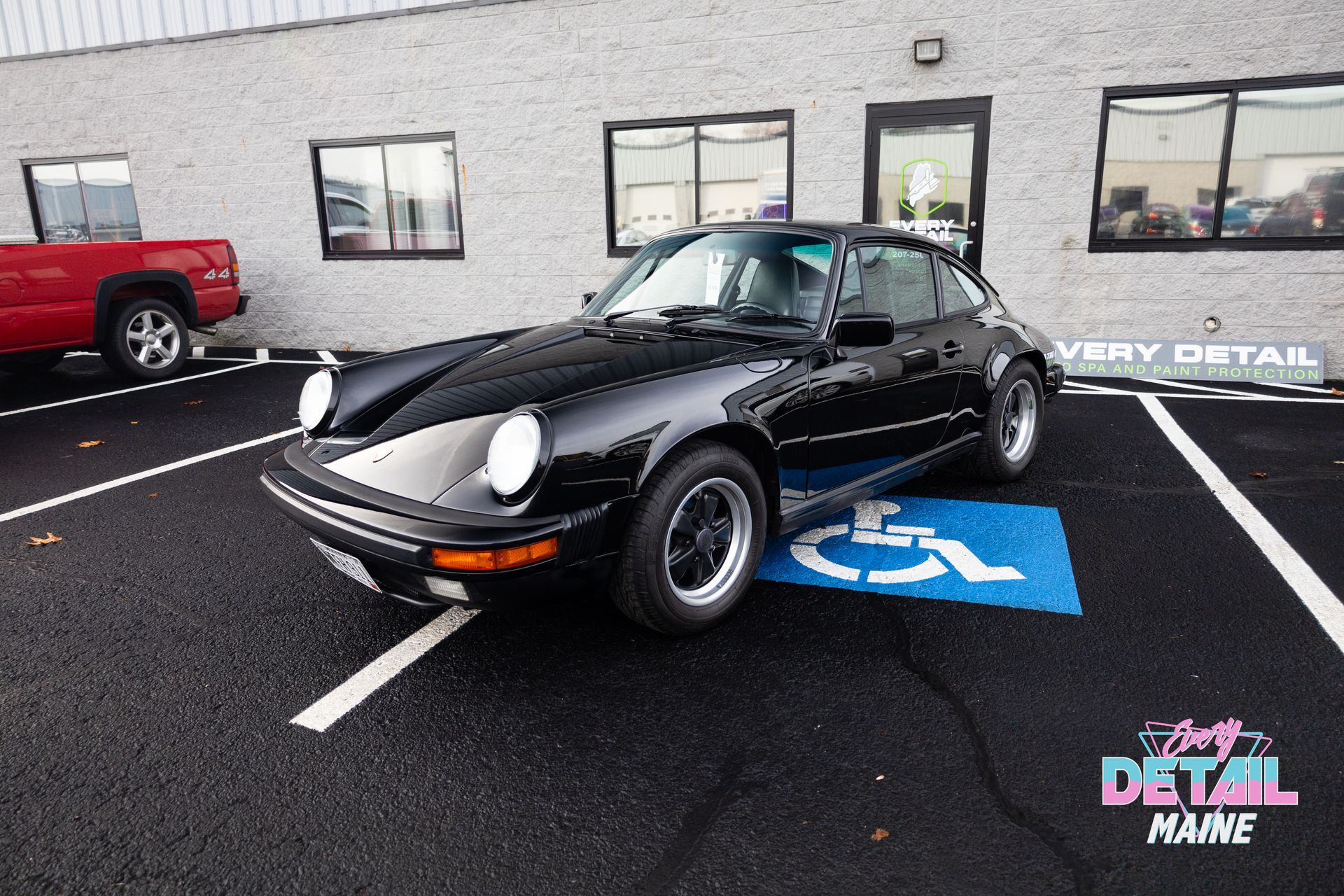
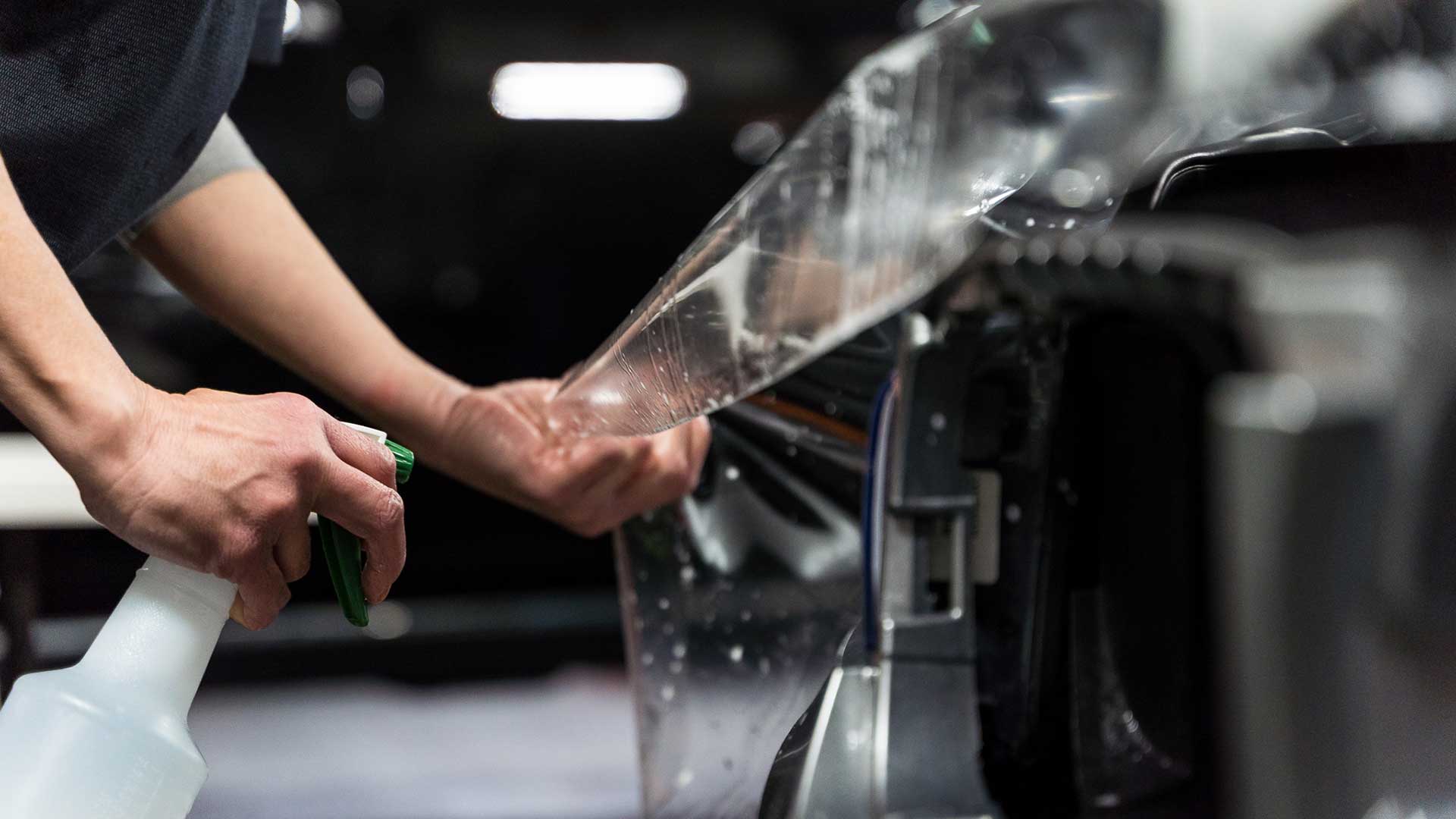
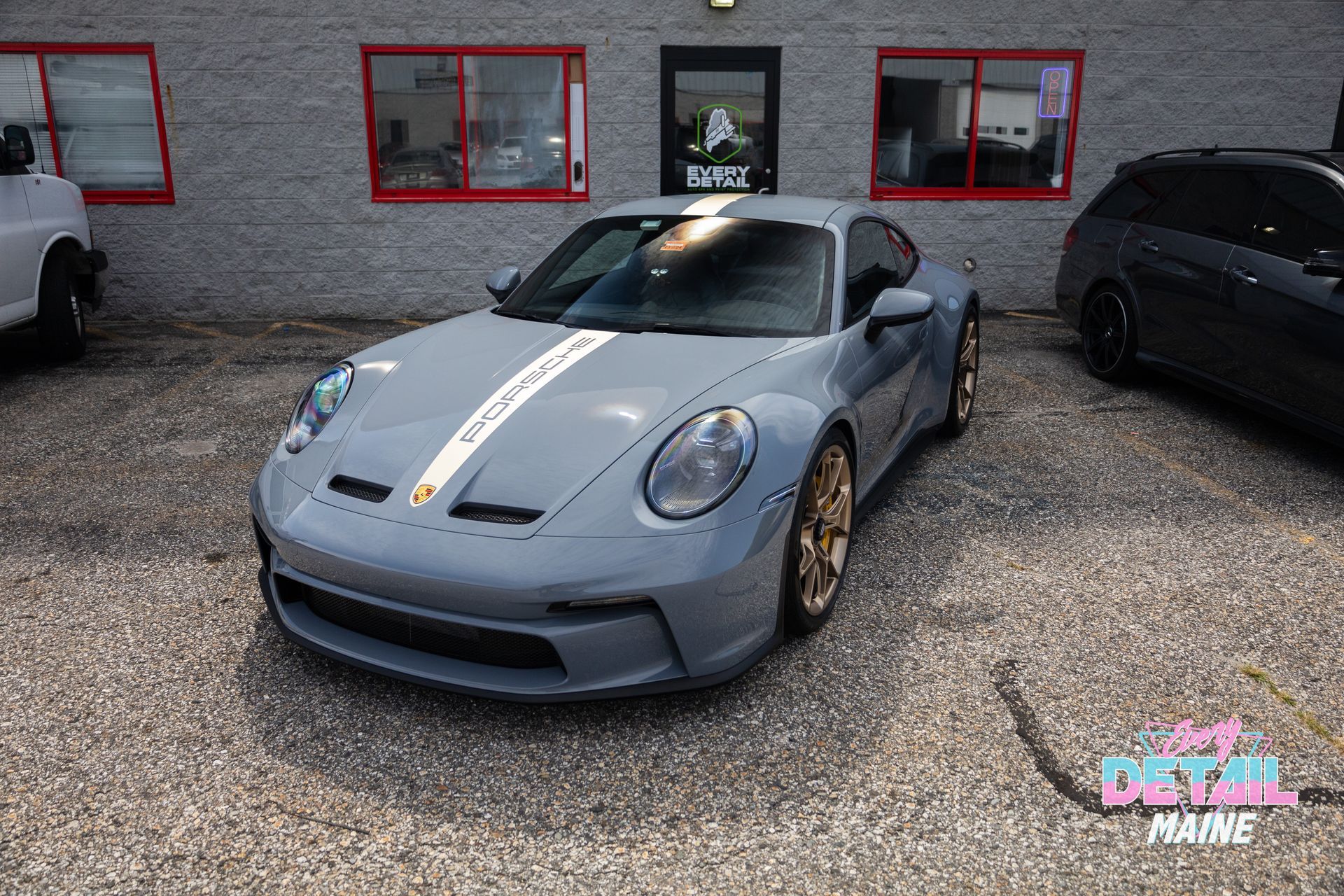

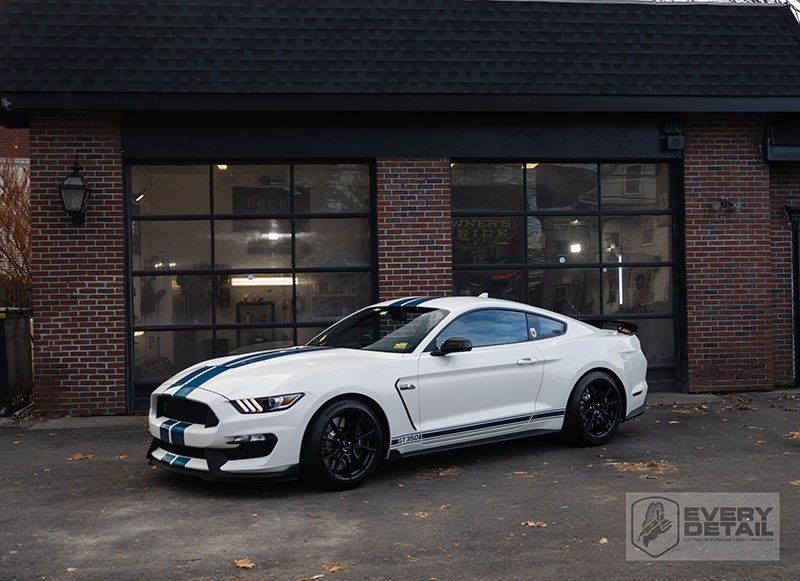
ABOUT US
Every Detail has spent several years in the automotive detailing business building a trusted team of paint protection professionals and vehicle detailers that can guarantee that your automobile will look brand new when leaving our Portland, ME shop. We offer long-term ceramic coatings and clear bras to keep your paintwork fresh and glossy, intricate interior and exterior vehicle detailing services that restore and protect, and a paint correction process remedying even the worst surface defects. Choose Every Detail today and experience the difference!
QUICK LINKS
This website was designed by the team at Detailers Roadmap, a platform developed for detailing operators across the globe.
Photography rights and license from EL.Photos & Xyooj Media
All Rights Reserved | 8bitcreative, LLC | Every Detail






